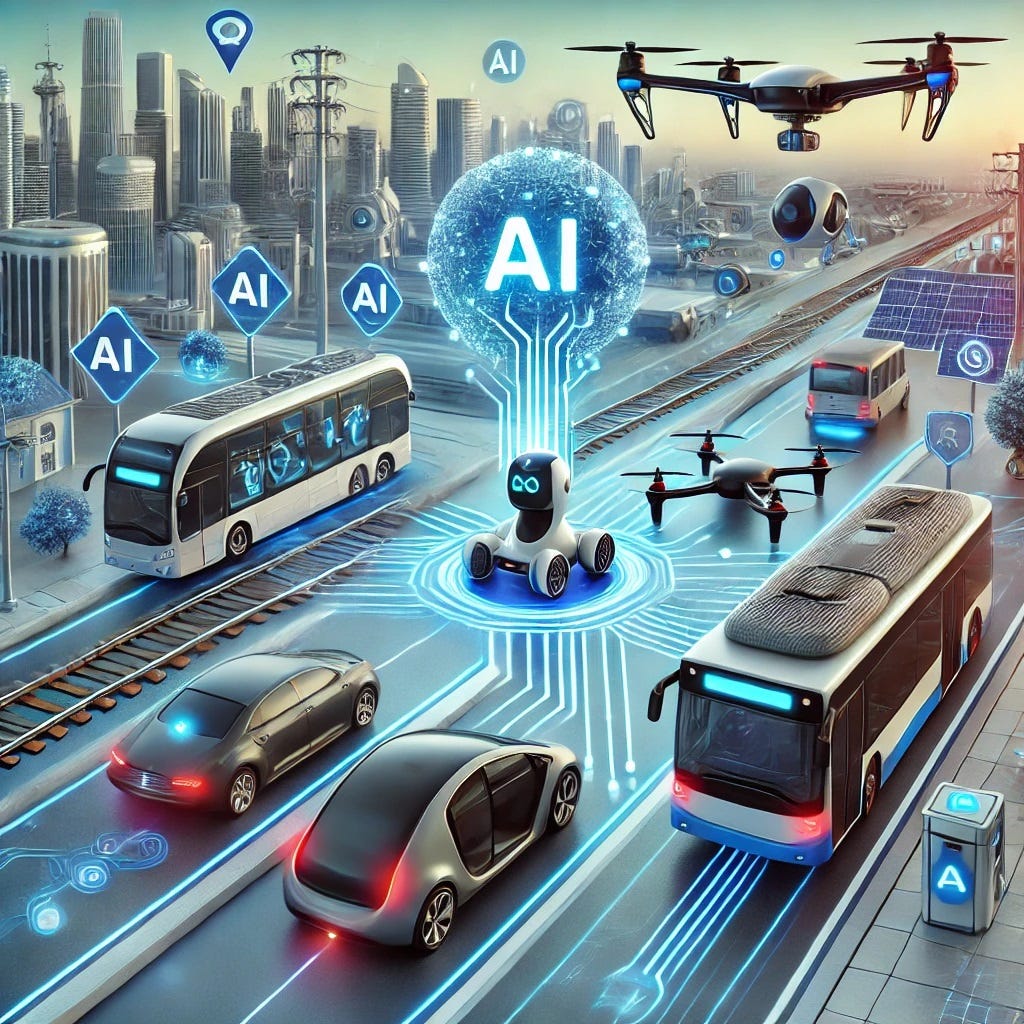Artificial intelligence in public transport – DW

Report on Professor Bonald Ziyue Li’s Contributions to Sustainable Development through AI and Public Transport Optimization
Introduction
Professor Bonald Ziyue Li, an expert in artificial intelligence (AI) and machine learning, focuses on enhancing critical infrastructure systems. Originating from Hong Kong and currently based in Cologne, Germany, Professor Li dedicates his work to optimizing public transport systems, aligning with several Sustainable Development Goals (SDGs).
Professional Journey and Expertise
- Background: Professor Li’s academic and professional path spans from Hong Kong to Germany, emphasizing international collaboration and knowledge exchange.
- Specialization: His expertise lies in AI and machine learning applications tailored for critical infrastructure, particularly public transportation networks.
Alignment with Sustainable Development Goals
Professor Li’s work significantly contributes to the following SDGs:
- SDG 9 – Industry, Innovation and Infrastructure: By applying AI to optimize public transport, he promotes resilient infrastructure and fosters innovation in urban mobility.
- SDG 11 – Sustainable Cities and Communities: Enhancing public transport efficiency supports sustainable urban development and reduces environmental impact.
- SDG 13 – Climate Action: Optimized transport systems contribute to lowering greenhouse gas emissions, aiding climate change mitigation efforts.
- SDG 17 – Partnerships for the Goals: His international career exemplifies global partnerships essential for achieving sustainable development.
Impact on Public Transport Optimization
- Utilization of AI and machine learning techniques to improve scheduling, routing, and resource allocation in public transport.
- Enhancement of service reliability and passenger experience, encouraging greater use of sustainable transport modes.
- Reduction of operational costs and environmental footprint of transport networks.
Conclusion
Professor Bonald Ziyue Li’s dedication to integrating AI in critical infrastructure, especially public transport, plays a vital role in advancing multiple Sustainable Development Goals. His work not only fosters technological innovation but also promotes sustainable, inclusive, and climate-resilient urban environments.
1. Sustainable Development Goals (SDGs) Addressed or Connected
- SDG 9: Industry, Innovation and Infrastructure
- The article discusses Professor Bonald Ziyue Li’s specialization in AI and machine learning for critical infrastructure, which relates to building resilient infrastructure and fostering innovation.
- SDG 11: Sustainable Cities and Communities
- The focus on optimizing public transport aligns with making cities inclusive, safe, resilient, and sustainable.
- SDG 4: Quality Education
- The mention of Professor Li’s academic journey highlights the importance of education and skills development in advanced technologies.
2. Specific Targets Under Those SDGs
- SDG 9 Targets
- Target 9.1: Develop quality, reliable, sustainable and resilient infrastructure, including regional and transborder infrastructure, to support economic development and human well-being.
- Target 9.5: Enhance scientific research, upgrade the technological capabilities of industrial sectors.
- SDG 11 Targets
- Target 11.2: Provide access to safe, affordable, accessible and sustainable transport systems for all.
- Target 11.6: Reduce the adverse per capita environmental impact of cities, including by paying special attention to air quality and municipal and other waste management.
- SDG 4 Targets
- Target 4.3: Ensure equal access for all women and men to affordable and quality technical, vocational and tertiary education, including university.
3. Indicators Mentioned or Implied in the Article
- For SDG 9
- Indicator 9.1.1: Proportion of the rural population who live within 2 km of an all-season road (implied by infrastructure development).
- Indicator 9.5.1: Research and development expenditure as a proportion of GDP.
- For SDG 11
- Indicator 11.2.1: Proportion of population that has convenient access to public transport.
- Indicator 11.6.2: Annual mean levels of fine particulate matter (PM2.5) in cities (implied by focus on optimizing public transport to reduce pollution).
- For SDG 4
- Indicator 4.3.1: Participation rate of youth and adults in formal and non-formal education and training in the previous 12 months.
4. Table of SDGs, Targets and Indicators
| SDGs | Targets | Indicators |
|---|---|---|
| SDG 9: Industry, Innovation and Infrastructure |
|
|
| SDG 11: Sustainable Cities and Communities |
|
|
| SDG 4: Quality Education |
|
|
Source: dw.com








